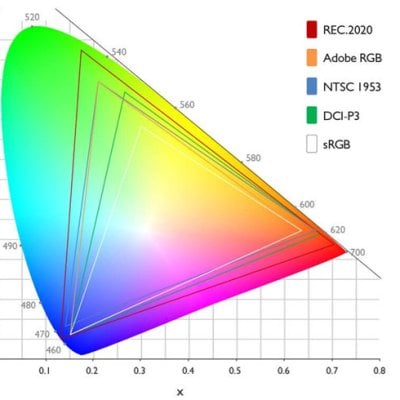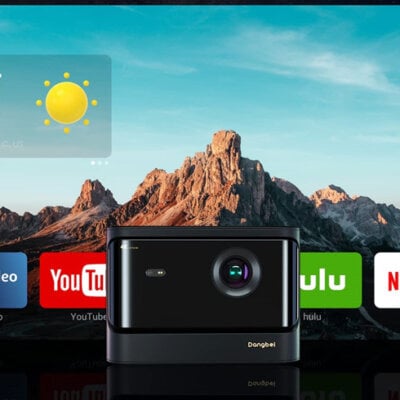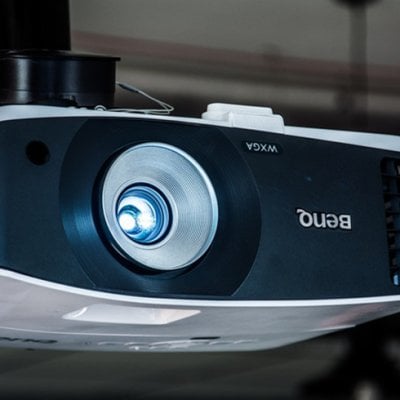D-ILA refers to Direct-Drive Image Light Amplifier.
It is a technology developed by JVC, which delivers good performance, natural color reproduction, clear image, and high contrast.

The technology was launched in 1997. Many sophisticated projectors use D-ILA technology licensed from JVC.
D-ILA is liquid crystal technology, but it’s very different from liquid crystal display (LCD) technology.
How Does it work?
D-ILA is what’s called liquid crystal on silicon (LCOS), but JVC made several improvements to basic LCOS technology to develop D-ILA. At its heart is the D-ILA device, or chip, designed and manufactured by JVC.

D-ILA projectors use three D-ILA imaging chips (one each for red, green, and blue), to ensure natural, flicker-free color reproduction.
There is very little space between D-ILA pixels, which results in an exceptionally smooth, “film-like” image. The D-ILA device structure also helps deliver very high native contrast.

AS the liquid crystal layer of D-ILA technology adopts voltage-controlled adjustable birefringence mode, the light in the fully open state is completely reflected, almost no loss; While the full state reflected output light is almost zero. Therefore, D-ILA can achieve very high contrast.
Nowadays, D-ILA projector maximum contrast can be up to 1,000:1, and the next generation will have more than 2000:1 contrast.




